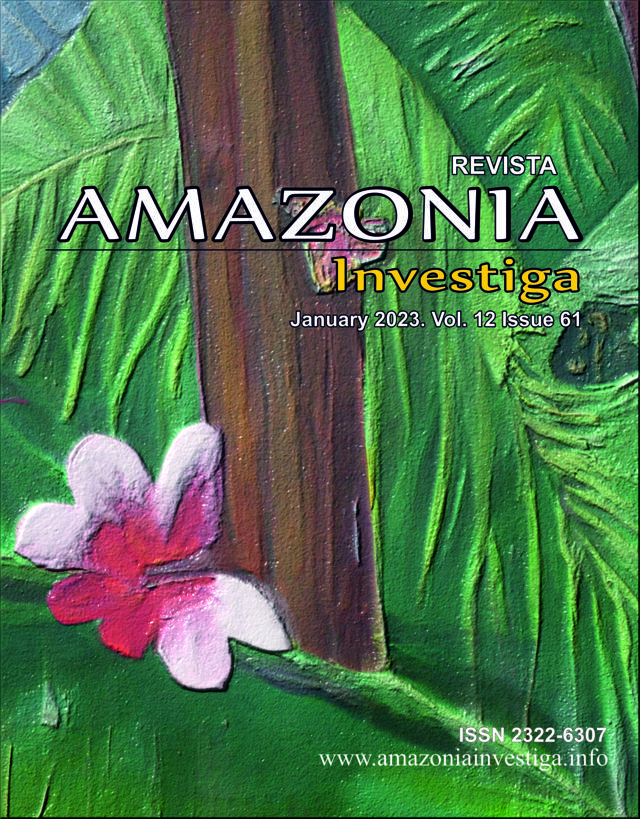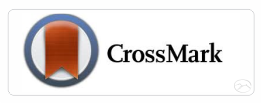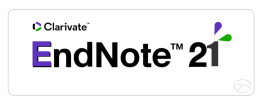Internet journalism in modern society: an overview of mechanisms for resisting media manipulation
Publicado 2023-02-28
Palabras clave
- media resources, Internet journalism, manipulation, propaganda.
Cómo citar
Resumen
At the current stage of the development of the information society, the influence of Internet journalism on the formation of public opinion (in particular, if we are talking about outright manipulation) is extremely noticeable. The purpose of the article is to analyze these influences in modern society in terms of the presence and use of media manipulation mechanisms and ways to counter them. The main research methods were general scientific (analysis, synthesis) and special scientific (abstraction and concretization). Manifestations of the manipulative influence of Internet journalism on human consciousness are traced in the results. The main attention is paid to the analysis of the mechanisms of resistance to manipulation in the media. In particular, an analysis of fact-checking, legal methods of combating fakes was carried out, the peculiarities of protection against manipulation based on the verification of photo and video materials were investigated. The results also highlight the video verification algorithm. The conclusions summarize that critical thinking and acquisition of media competence and media literacy skills are a relevant way to resist manipulative influences on the Internet. Despite this, fact-checking and verification of photos and video materials that are distributed on the Internet are effective mechanisms for resisting manipulation.
Descargas
Citas
Brooks, H. Z., & Porter, M. A. (2020). A model for the influence of media on the ideology of content in online social networks. Physical Review Research, 2(2). doi: https://doi.org/10.1103/physrevresearch.2.023041
Cheung, M. L., Pires, G., & Rosenberger, P. J. (2020). The influence of perceived social media marketing elements on consumer–brand engagement and brand knowledge. Asia Pacific Journal of Marketing and Logistics, 32(3), 695–720. doi: https://doi.org/10.1108/apjml-04-2019-0262
Dorosh, M. (2014, February 5). 13 Online Content Verification Tools. Media Sapiens. Retrieved from https://ms.detector.media/how-to/post/1707/2014-02-05-13-onlayn-instrumentiv-dlya-perevirky-kontentu/
Hirst, M. (2018). Research and Verification. In Navigating Social Journalism, p. 199–228. New York: Routledge, 2019.: Routledge. doi: https://doi.org/10.4324/9781315401263-10
Karlsen, R., & Aalberg, T. (2021). Social media and trust in news: An experimental study of the effect of facebook on news story credibility. Digital Journalism, 1–17. doi: https://doi.org/10.1080/21670811.2021.1945938
Kaur, M., & Verma, R. (2018). Social media. In Media influence (p. 1–8). IGI Global. doi: https://doi.org/10.4018/978-1-5225-3929-2.ch001
Mykolaienko, A. (2019). Fake news in the ukrainian media space: Technologies of experimental projects. Scientific Notes of the Institute of Journalism, 1(74), 29–37. doi: https://doi.org/10.17721/2522-1272.2019.74.3
Rogers, R., & Niederer, S. (2021). Politics of social media manipulation. Amsterdam University Press.
Shafi, A., & Vultee, F. (2018). One of many tools to win the election. In Media influence (p. 24–42). IGI Global. doi: https://doi.org/10.4018/978-1-5225-3929-2.ch003
Singh, D. (2021). Media manipulation. SSRN Electronic Journal, 1–10. doi: https://doi.org/10.2139/ssrn.3793082
Spencer, S. B. (2019). The Problem of Online Manipulation. SSRN Electronic Journal, 959–1006. doi: https://doi.org/10.2139/ssrn.3341653
Tuters, M. (2020). Fake news and the Dutch YouTube political debate space. In The Politics of Social Media Manipulation (p. 217–238). New Prinsengrachtt, 89, 1018. VR Amsterdam Nederland: Amsterdam University Press. doi: 10.5117/9789463724838_ch07
Vysotska, O., & Vysotska, S. (2020). Information evaluation: Teaching students to detect bias, fake, and manipulation ukrainian perspective. Science and Education a New Dimension, VIII(94), 81–86. doi: https://doi.org/10.31174/send-pp2020-236viii94-18
Warwick, C. R., Baker, L. M., Fernandez, J. C., & Rumble, J. (2021). Getting the most out of social media: What is social media? Edis, 2021(4). doi: https://doi.org/10.32473/edis-wc220-2021











